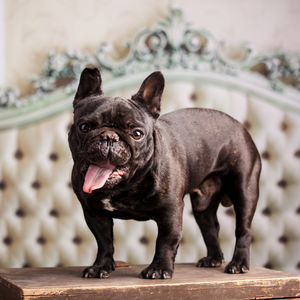One of the goals at Paw Print Genetics (PPG) is to add to our large menu of tests whenever we can. New genetic changes found in the dog genome for diseases and traits are published periodically in the medical literature. These publications guide us in developing new tests for our customers.
Among the new tests launched this month are three tests for traits. Two of the tests will identify whether a dog carries for polydactyly, which results in having hind dewclaws. One of the polydactyly variants in the LMBR1 gene will cause hind dewclaws in many different breeds, while the mutation in ALX4 only causes polydactyly in the Great Pyrenees. Both variants are dominant, meaning that one or two copies will result in polydactyly. Interestingly, the mutation for the Great Pyrenees causes double dewclaws, whereas the mutation in LMBR1 causes just single dewclaws.
The third trait launched is for another E locus variant. PPG offers several E locus variants, so it is important to read the description of each before choosing your test. Most breeds will produce a yellow or red coat color when there are two copies of the ‘e’ allele from the common E locus variant. However ...








